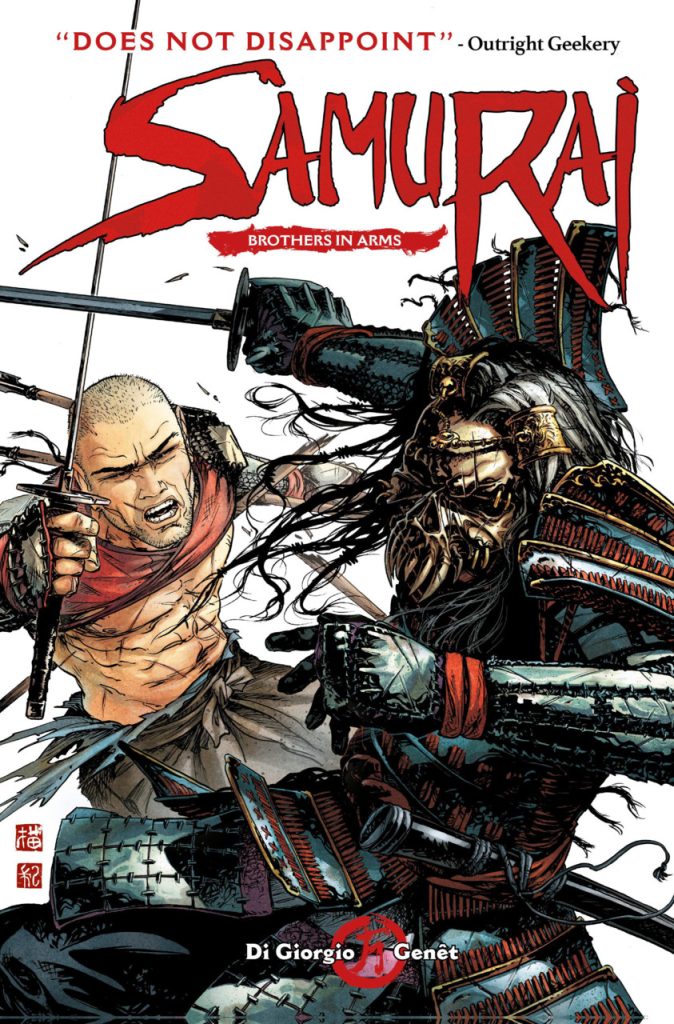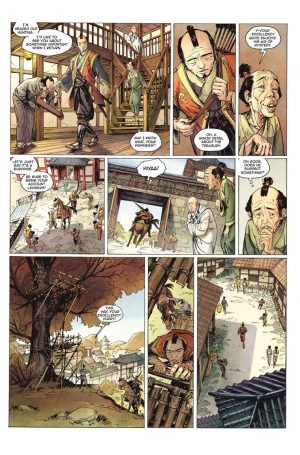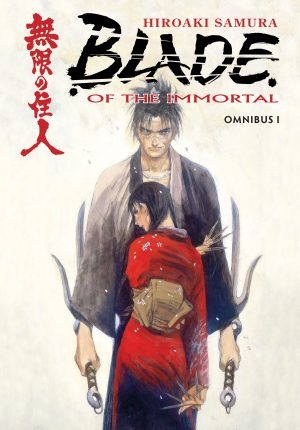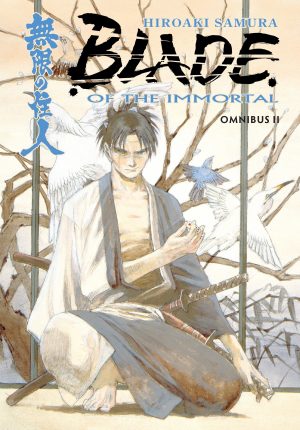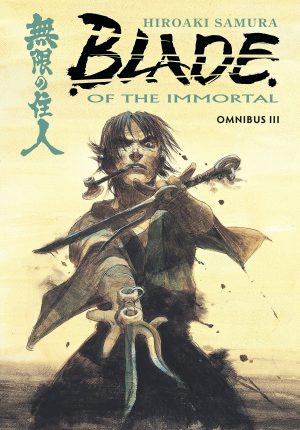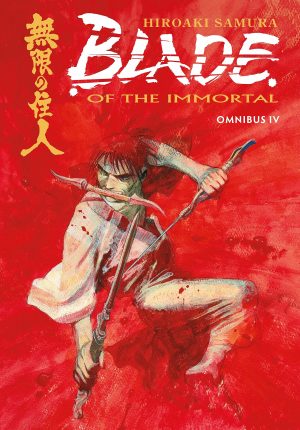Review by Frank Plowright
As the English language versions of Samurai package several of the original books together, in this case three, Takeo’s search for his brother Akio may not have seemed the prolonged quest it was for French readers between 2005 and 2010. They were reunited in The Isle With No Name, Akio recovering frankly rather quickly from a coma and amnesia.
Having become so used to Takeo’s nobility, Jean-François Di Giorgio surprises greatly by casting Akio as fun loving, but careless and a bit of rogue having more in common with the disreputable monk they travel with than his brother. The personalities of both brothers result in trouble, Akio when he accrues a massive debt gambling with the local Yakuza clan, and Takeo when he falls for an abused servant. Di Giorgio’s not one for prolonging his puzzles too long, and now the brothers are reunited, Takeo learns of his ancestry. It’s completely at odds with the way he was raised.
While still bemoaning Frédéric Genêt no longer producing the glorious spreads seen in The Heart of the Prophet, the art remains phenomenal, the panels always busy and detailed. This is a more complex story than the previous volumes, featuring an expanded cast, and being true to the 17th century Japanese setting removes the option of distinguishing people via blonde or red hair, but there’s no mistaking one person for another. As before, action scenes are impeccably choreographed, and Genêt’s love of illustrative detail extends to all aspects of the art.
Akio and the monk’s dissolute tendencies see them played for fools, but Di Giorgio’s plot unfurls slowly to disclose that not everything is as it first seems. As shown on the cover, there’s still an exceptionally dangerous threat from previous volumes to deal with, and Di Giorgio gradually weaves his threads together until only the single option remains for Takeo, leading to a thrilling finish.
Enough people seen during the course of Samurai to date survive to ensure Takeo’s kept busy, but these are the final stories drawn by Genêt, and those illustrated by his successor are as yet unavailable in English. If, however, you speak French, German or Spanish, they’re worth looking out.
